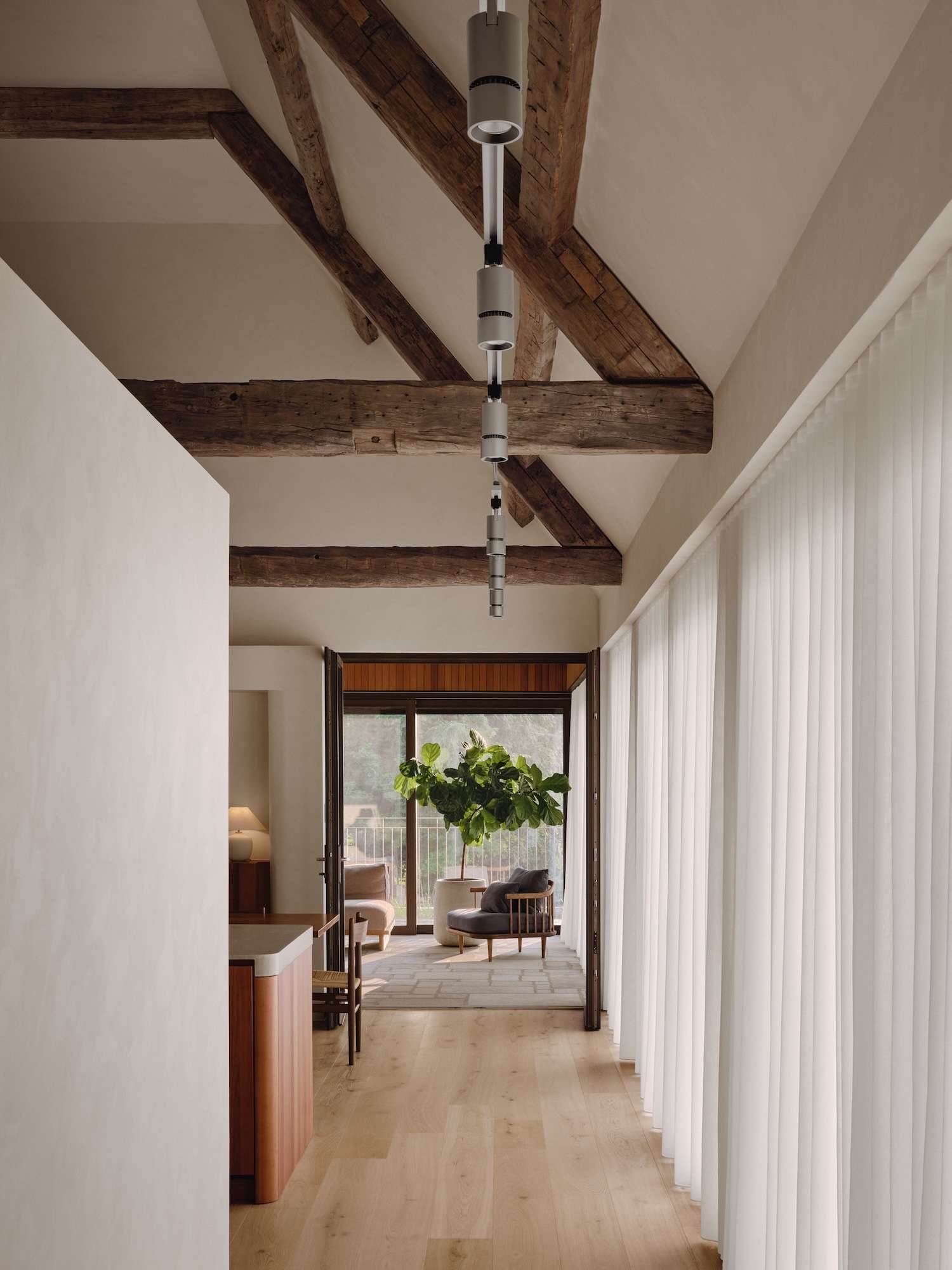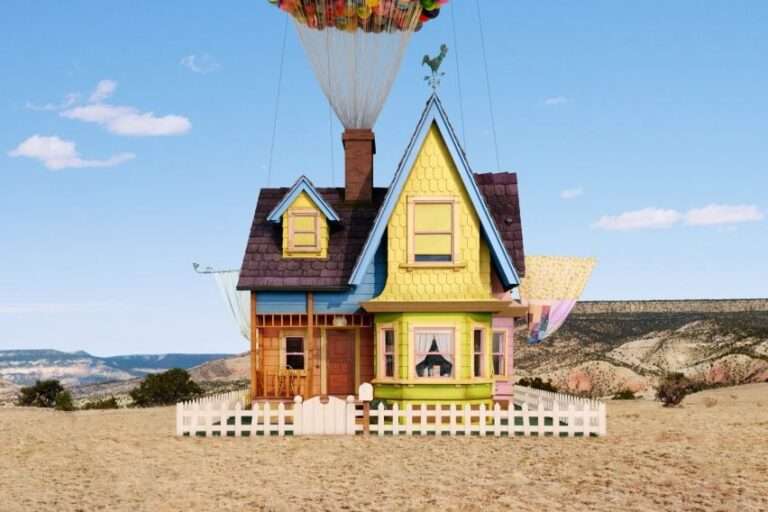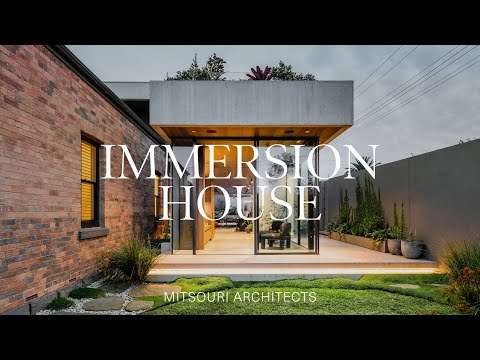
BROM is a minimal residence located in Québec, Canada, designed by AtelierCarle. The project’s most compelling gesture lies in its refusal to erase the past. Rather than clearing the site completely, the architects preserved the original foundations and masonry chimney, transforming these remnants into a kind of architectural threshold. Visitors must pass through the ghostly footprint of the old residence to reach the new one, creating what the designers call “a duty of memory” – a subtle choreography of remembrance that grounds the contemporary intervention in historical soil.
This approach echoes the broader North American tradition of adaptive reuse, yet pushes beyond mere preservation into something more philosophical. Like the craftsmen who built Quebec’s early rural architecture, these designers understand that true sustainability emerges not from technological innovation alone, but from a deep respect for what came before. The stone masonry that anchors the new structure speaks the same material language as the preserved chimney, creating a temporal bridge that “blurs the two temporalities of the territory’s occupation.”
The fragmented composition – three contiguous buildings rather than a single monolithic structure – reveals an acute sensitivity to regional building traditions. This strategy recalls the organic growth patterns of 19th-century rural complexes, where barns, houses, and outbuildings formed loosely connected clusters across the landscape. The generous cedar roofs, with their high proportions and four-sloped profiles, pay homage to the surrounding Monteregian Hills while providing practical shelter in Quebec’s demanding climate.
Inside, the material palette continues this dialogue between permanence and transience. Stone floors extend from exterior to interior, creating thermal mass for the geothermal system while establishing what the architects describe as “homogeneous thermal mass for all the interior spaces.” Reclaimed wood beams, adapted to new structural requirements, suspend cathedral-like volumes above the living spaces. These salvaged timbers carry their own histories – tool marks, weathering, the accumulated patina of decades – into the contemporary narrative.




